'Four times Everest wasn't enough': Amateur rider's ascent to the peak of the ultra-climbing record books
Having proved his talent for ultra-distance running, Nima Javaheri got on his bike and targeted Everesting’s ultimate record – the most elevation ever climbed
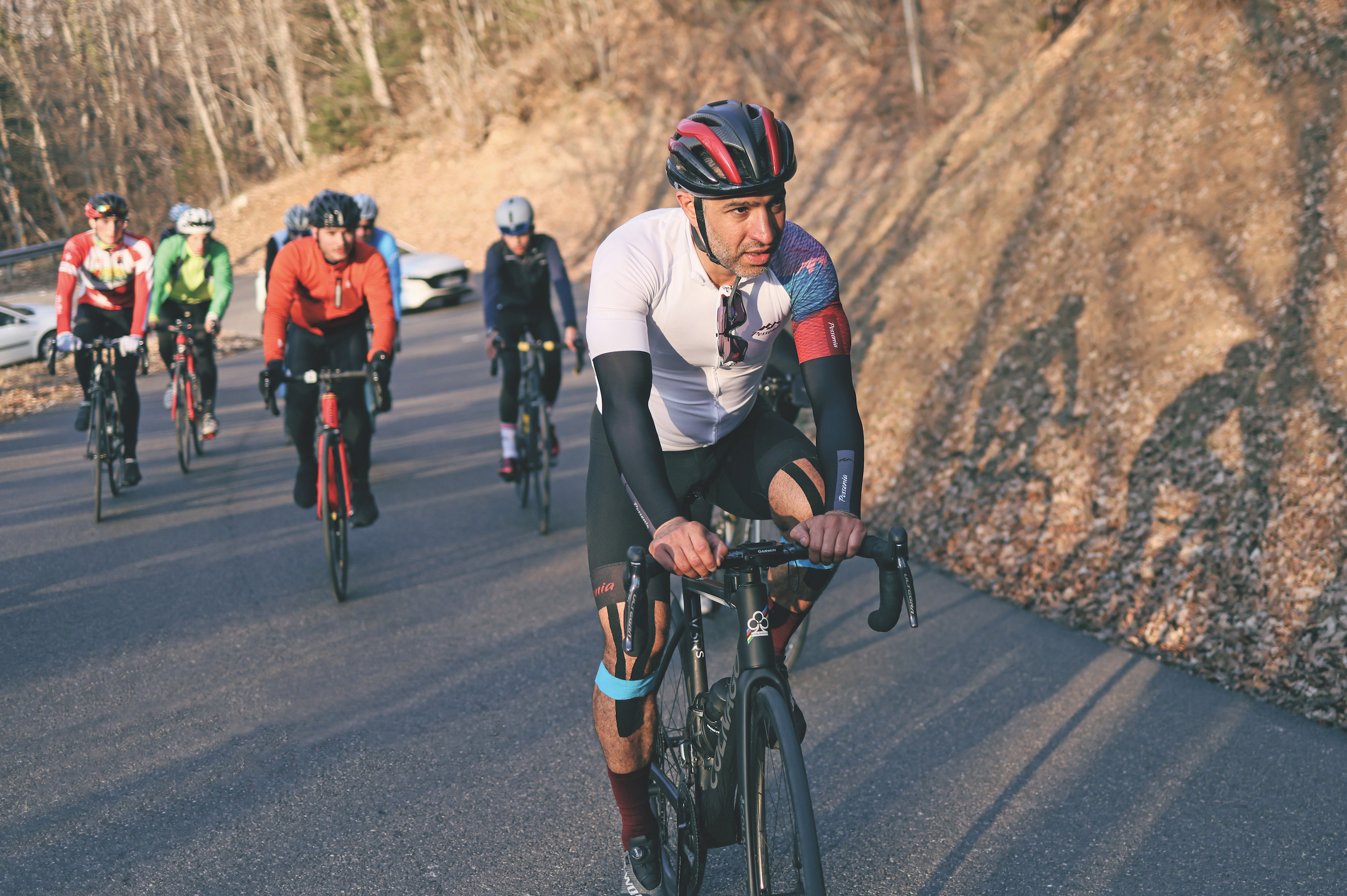
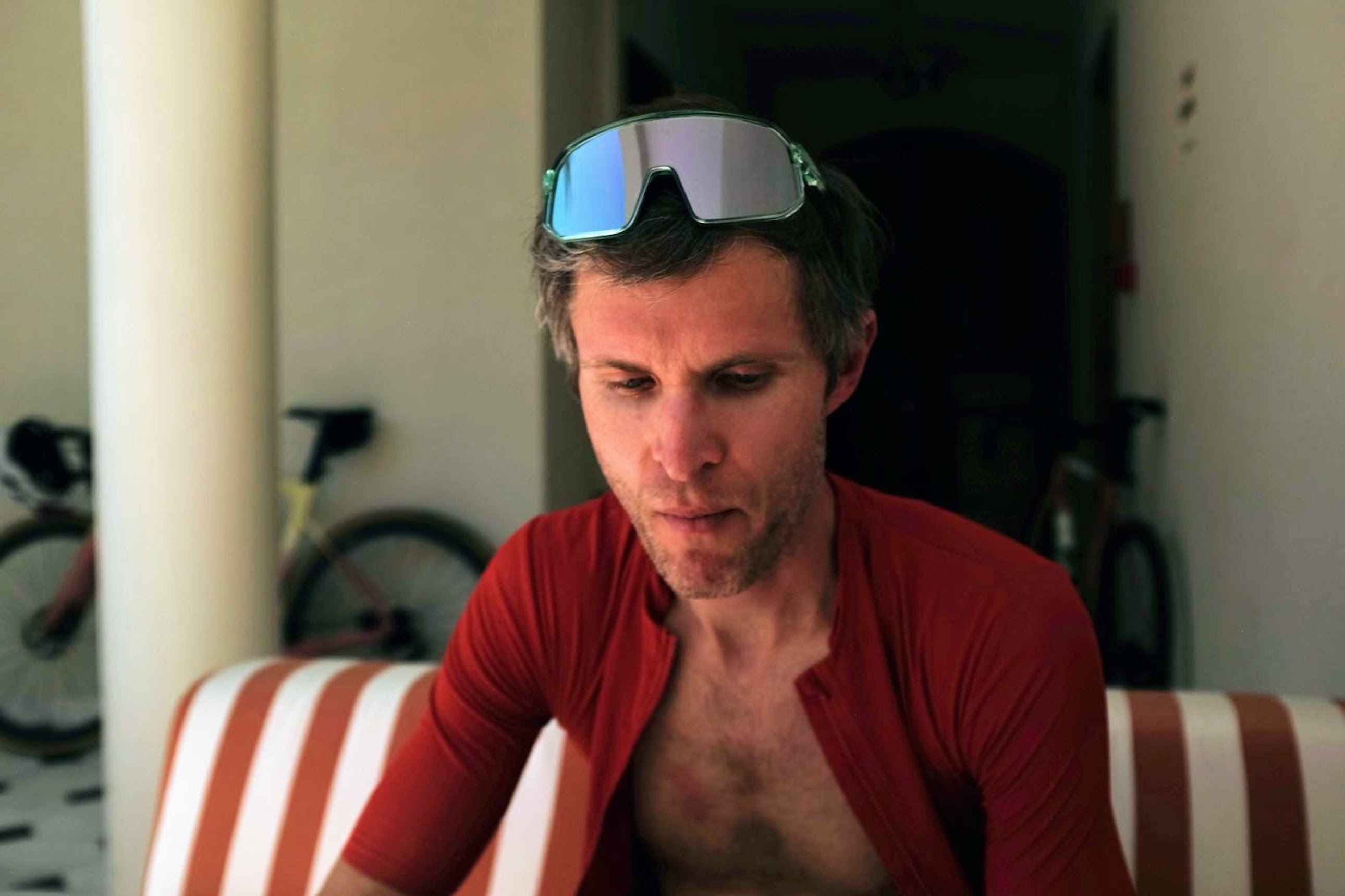
Until he moved to Switzerland eight years ago, Nima Javaheri had only a passing interest in sport. He grew up in north London and after university commenced a banking career in the City. “When you’re in your 20s, you just want to look good,” recalls the 39-year-old. “I’d do a couple of bench presses at the gym and that was it. Running and cycling played no part of my life until 2014.”
His late conversion to endurance sport makes his long-distance achievements in recent years all the more startling. “I lived in Frankfurt for a while, and that opened my eyes to outdoor activity,” he says, “but it was when I moved to Switzerland that cycling really took off for me.” Such was the group riding culture on the roads around his home in Geneva that Javaheri got swept along in the draft. “There are cycling routes everywhere,” he adds, “and we’re just 5km from the border with France – straight onto a 1,000m climb.”
It was on that very climb, the Col de la Croisette, in Auvergne-Rhône-Alpes, that Javaheri would take on an epic challenge – but we’re skipping ahead. First, what got him interested in long-distance events? “It started with trail running, 40 or 50km, then pushing to 100km and beyond,” he explains. “On my bike, I started riding the 175km perimeter of Lac Léman [Lake Geneva], and it became my regular Sunday loop. One weekend I decided to do it twice, 350km. That went well, so I did it four times, 700km.”
Over the pandemic lockdown, Javaheri satisfied his newly acquired love of endurance by competing in Backyard Ultra, an ultramarathon in which competitors run one 6.7km loop per hour, using any leftover time to recover – and repeat as many times as they can. “I won both the Swiss events last year,” he says, “34 laps in the first, then 51 laps in the second – 350km non-stop running, which was the world record at the time.” This taste for record-setting became an insatiable hunger as Javaheri feasted his eyes on the Everesting world bests.
“Last September, I decided to do two Everests back to back,” he says. “Once I’d done it, I thought to myself, ‘Actually, my legs feel fine’.” With a relocation to Zurich imminent, Javaheri wanted to make the most of his remaining time living in the mountains. Also in his thoughts was his close friend David Rogers, who in 2013 had been diagnosed with leukaemia (see below). “In January, we had a conference call with David, Andy van Bergen [founder of Hells500 and Everesting] and Blood Cancer UK,” says Javaheri, “and explained that we wanted to raise awareness of blood cancer while raising some money at the same time – we asked for their view.”
Everesting's biggest challenge
A plan was hatched: he would ascend La Croisette repeatedly until he had broken the world record for most vertical elevation by bike, which at the time was 36,432m by Massimo Pascale – more than four times the height of Everest. As if that were not difficult enough, he would attempt it in early March. “At the time of making the plan, it was -15ºC on the mountain, which was covered in snow and ice.” All he could do was hope for milder weather come the start day.
How did he prepare for a challenge so epic that it was impossible to rehearse? “A month prior, I did 30 hours non-stop on the Salève – a different side of the same mountain – which equated to 13,000m of climbing,” Javaheri explains. In the lead-up to the attempt he was putting in 15-20 hours of training a week: swimming for recovery, trail running for general resilience, and long, cold rides on the bike as a foretaste of what was to come.
Get The Leadout Newsletter
The latest race content, interviews, features, reviews and expert buying guides, direct to your inbox!
At the stroke of midnight on Tuesday, 1 March, Javaheri rolled away from the base of La Croisette and set about trying to rack up more elevation than anyone in history. Each 14km lap – once up and down the average 9% gradient climb – would gain him 679m. The rules of Everesting state that no stoppages are allowed during the first Everest ascent to 8,848m. “I rode the first 27 hours with no sleep,” he says. “At two o’clock on Thursday morning, I had a shower and a 90-minute nap in the camper, then got up, ate, and got back on the bike.” The temperature dropped as low as -6ºC during the night. “The hardest parts were the periods when my body couldn’t regulate my temperature,” says Javaheri. “You think that you’re too hot but as soon as you undress, you’re immediately too cold.”
'We're both very determined – in my case, to stay alive!'
David Rogers, 51, explains why his longtime friend and former colleague rode in support of Blood Cancer UK
I was diagnosed with chronic myeloid leukaemia nine years ago, with a prognosis of nine months if the drugs didn’t work. Thankfully, they did work, though it’s been challenging to say the least. Soon after I was diagnosed I lost my eyesight, and it was only saved, six months later, after I found a world-leading specialist. It was a very dark, scary time, though it’s made me stronger as a result.
Because my immune system is weakened, I spent most of the past couple of years isolating at our holiday home in Suffolk, meaning less time with my wife than when I worked in the Middle East for two years. Being in the middle of nowhere had its advantages – I got into gravel riding, which is more leisurely and suits me better. Fatigue can set in very suddenly – imagine your worst hangover and multiply it by 10, minus the headache.
Nima is the nicest guy you’ll ever meet, and he has such self-determination. Once he puts his mind to something, you know he’s going to achieve it. Maybe that’s why we connect, as I’m like that too – in my case, I’m determined to stay alive! The Everesting challenge started on St David’s Day and finished on my 51st birthday. I joined in virtually on the spin bike at home: I did the first climb, then another one halfway through, and the final one on my birthday.
“By day three [Friday],” says Javaheri, “I was working on a very, very thin margin. Each time I got to the top, I’d sit down, close my eyes for five minutes, and put on warm clothes.” For each descent, he wore a thick ski jacket – the only way to stay warm. “The first 60 seconds each time down was brutally cold.” As fatigue took hold he began to hallucinate. “I’d see a stick on the ground and think it was a snake,” he says, “or I’d mistake the trunk of a tree for a person – you just have to ignore it and keep pedalling.” What kept him going beyond 72 hours and into day four? “I’d been there before in Backyard Ultra events,” he says. “The way I manage it is to break the goal down. My milestones were the first Everest, then 10,000m, then double Everest, then I was halfway through – there was always something new to focus on.” There was no shortage of support: Javaheri’s wife Fargah Vahedi was on hand throughout, among a core support crew of 10, with scores of local riders joining in, riding alongside or shouting encouragement from the roadside.
How did he take on enough fuel to maintain the relentless climbing effort? “I’d gained four kilos during the 10 days leading up to the start, from 74 to 78kg, as I knew I was going to need the reserves,” he says. “On every lap, I’d drink one bidon of carb drink and eat at least half a meal – my foods of choice were porridge with honey, rice, quinoa, sweet potato; and after day two I was craving more fats and protein – avocado, bacon, salmon and chicken.” This intake was backed up with a protein shake every couple of laps.
In the early hours of Sunday morning, Javaheri reached his first goal, the quadruple Everest mark of 35,392m, but he wasn’t done yet – he wanted the outright record for most elevation. “We finally broke the record at 7:07 on Sunday morning,” – but still he wasn’t done. “We celebrated as the sun was coming up over Mont Blanc and it was beautiful, but we stuck to the plan to finish at 6pm.” Sensing history in the making, the crowds turned out in droves. “There were literally hundreds of people on the climb as I reached the end,” says Javaheri, who by this point had been riding for nearly four and a half days and had covered 830km, “and we ended up with an official elevation record of 38,700m.”
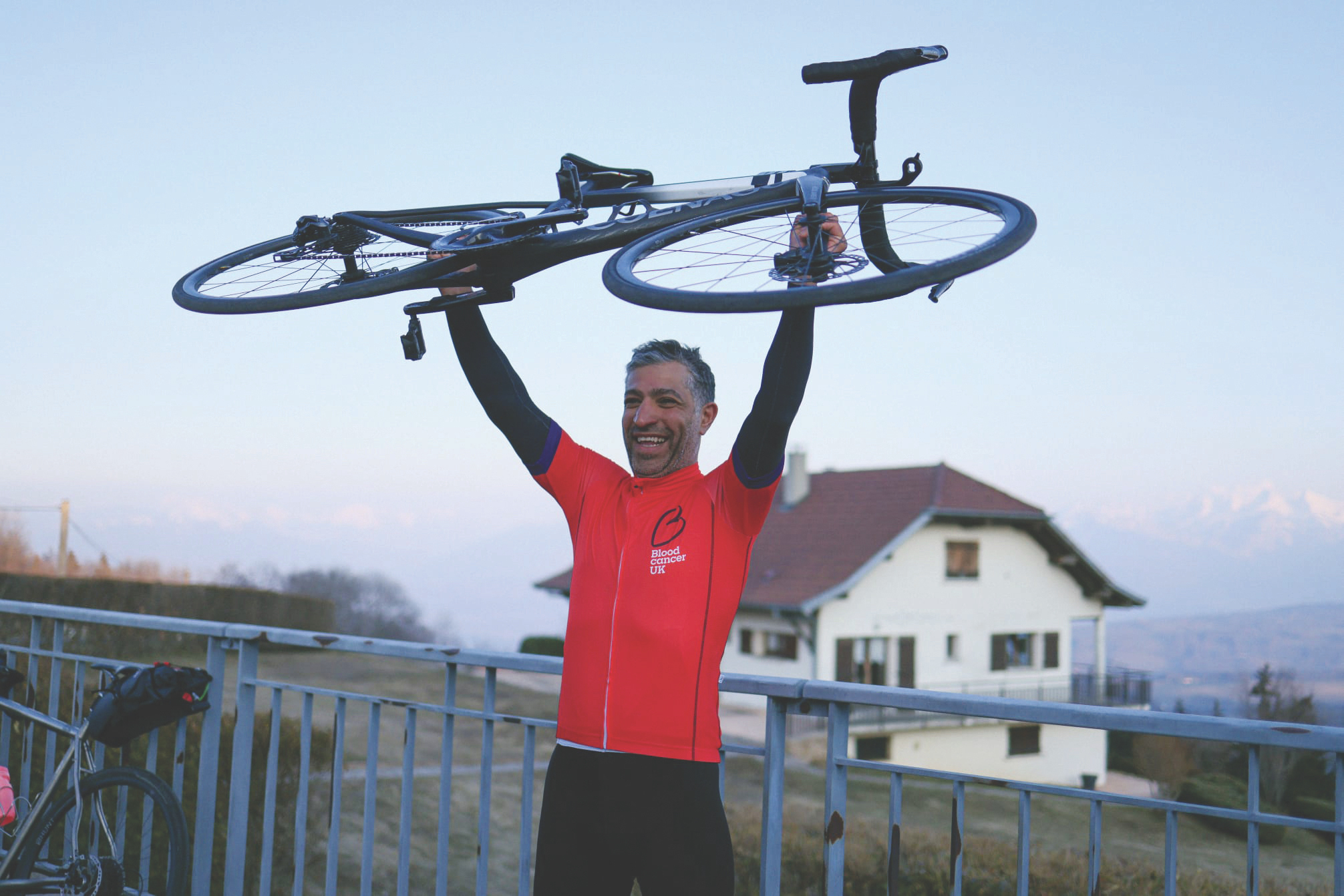
All smiles after four days of almost non-stop climbing
What was going through his mind as he realised he could finally stop riding? “The saddle sore pain,” he grimaces, “that was the hardest to manage. The legs were fine to carry on – I wasn’t tired, as there was too much adrenaline kicking in. If the plan had been to keep going until Monday, I think I could have made it to 50,000m.” There is no hint of hubris or grandstanding in this remark; he really means it – he could have kept going into day five. Sensing that his limit-testing craving still isn’t sated, I ask what’s next on his list. “I want to ride 4,000km in seven days. The current record is 3,700km,” he says with unflinching confidence. “After that, I want to push the Everesting bar even higher.”
Nima Javaheri is raising money for Blood Cancer UK.
This feature was originally published in the 7 April 2022 print edition of Cycling Weekly magazine. Subscribe online and get the magazine delivered to your door every week.

Thank you for reading 20 articles this month* Join now for unlimited access
Enjoy your first month for just £1 / $1 / €1
*Read 5 free articles per month without a subscription

Join now for unlimited access
Try first month for just £1 / $1 / €1

David Bradford is senior editor of Cycling Weekly's print edition, and has been writing and editing professionally for 20 years. His work has appeared in national newspapers and magazines including the Independent, the Guardian, the Times, the Irish Times, Vice.com and Runner’s World. Alongside his love of cycling, David is a long-distance runner with a marathon personal best of 2hr 28min. Diagnosed with retinitis pigmentosa (RP) in 2006, he also writes personal essays exploring sight loss, place, nature and social history. His essay 'Undertow' was published in the anthology Going to Ground (Little Toller, 2024).
-
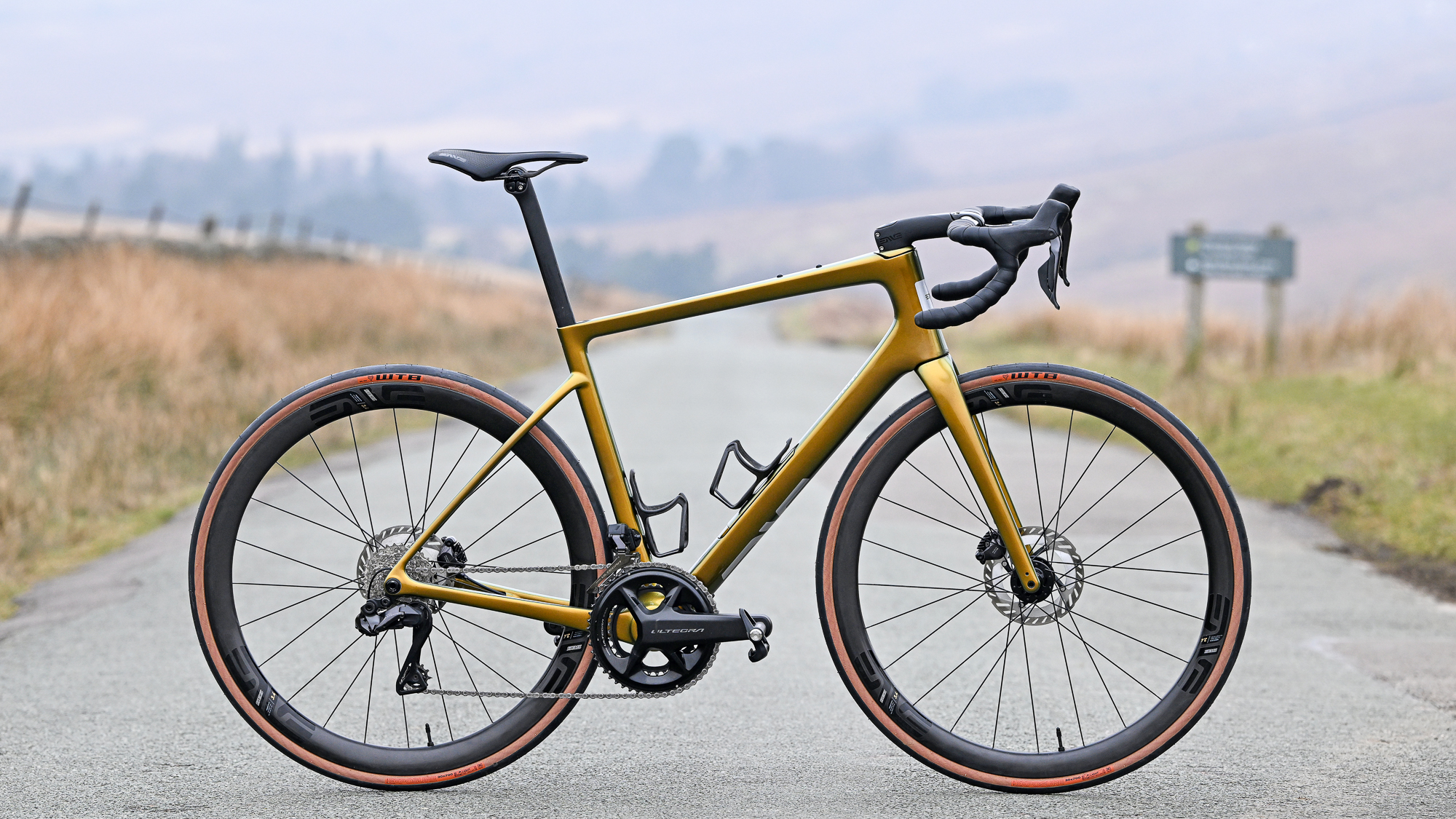 ENVE Fray - the ultimate all-road option?
ENVE Fray - the ultimate all-road option?The ENVE Fray makes a good case for itself being the best all-road bike, but does it make sense?
-
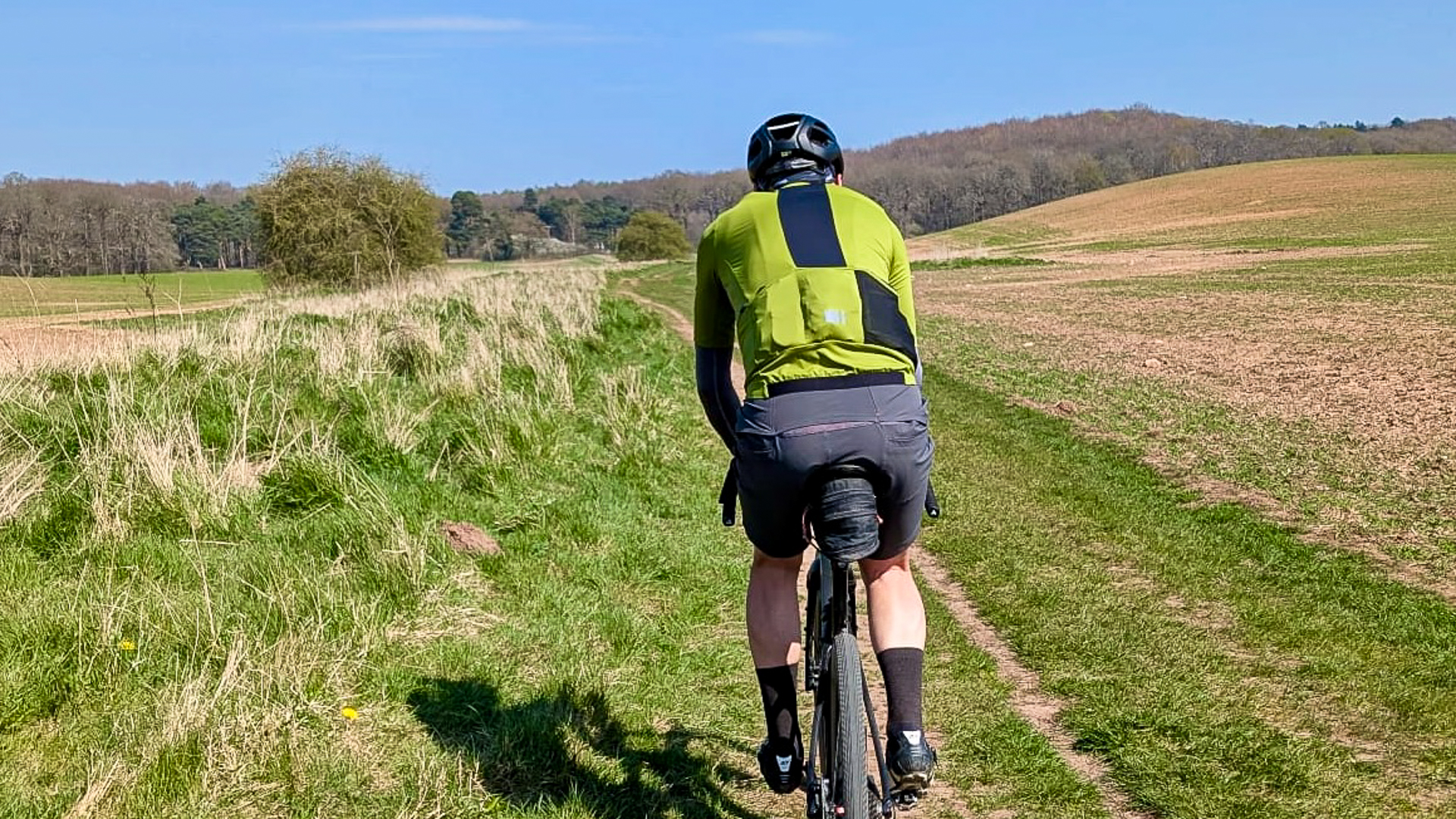 Madison Roam Men’s Short Sleeve Jersey - a jersey for gravel or endurance riding
Madison Roam Men’s Short Sleeve Jersey - a jersey for gravel or endurance ridingA more relaxed fit and five pockets could make the Madison Roam Men’s Short Sleeve Jersey ideal for long adventures on or off-road
-
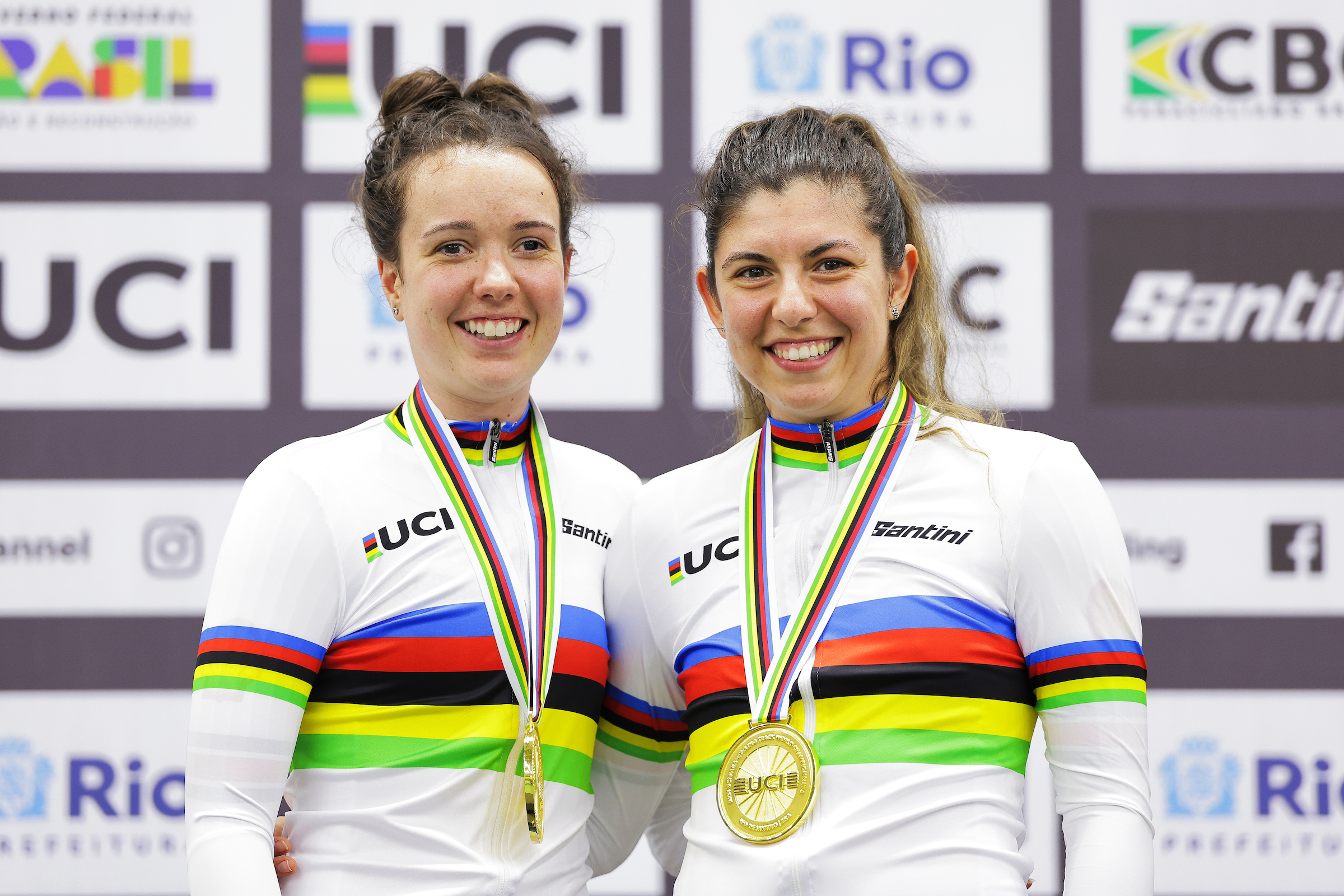 'Back then I was on the edge of life – but now I'm a multi world champion': Para-cyclist Lizzi Jordan's golden comeback from near-fatal food poisoning
'Back then I was on the edge of life – but now I'm a multi world champion': Para-cyclist Lizzi Jordan's golden comeback from near-fatal food poisoningKeen equestrian Lizzi Jordan was riding high until a freak illness changed her life forever. Now, having swapped reins for handlebars, she is not only back in the saddle but winning on the world stage
-
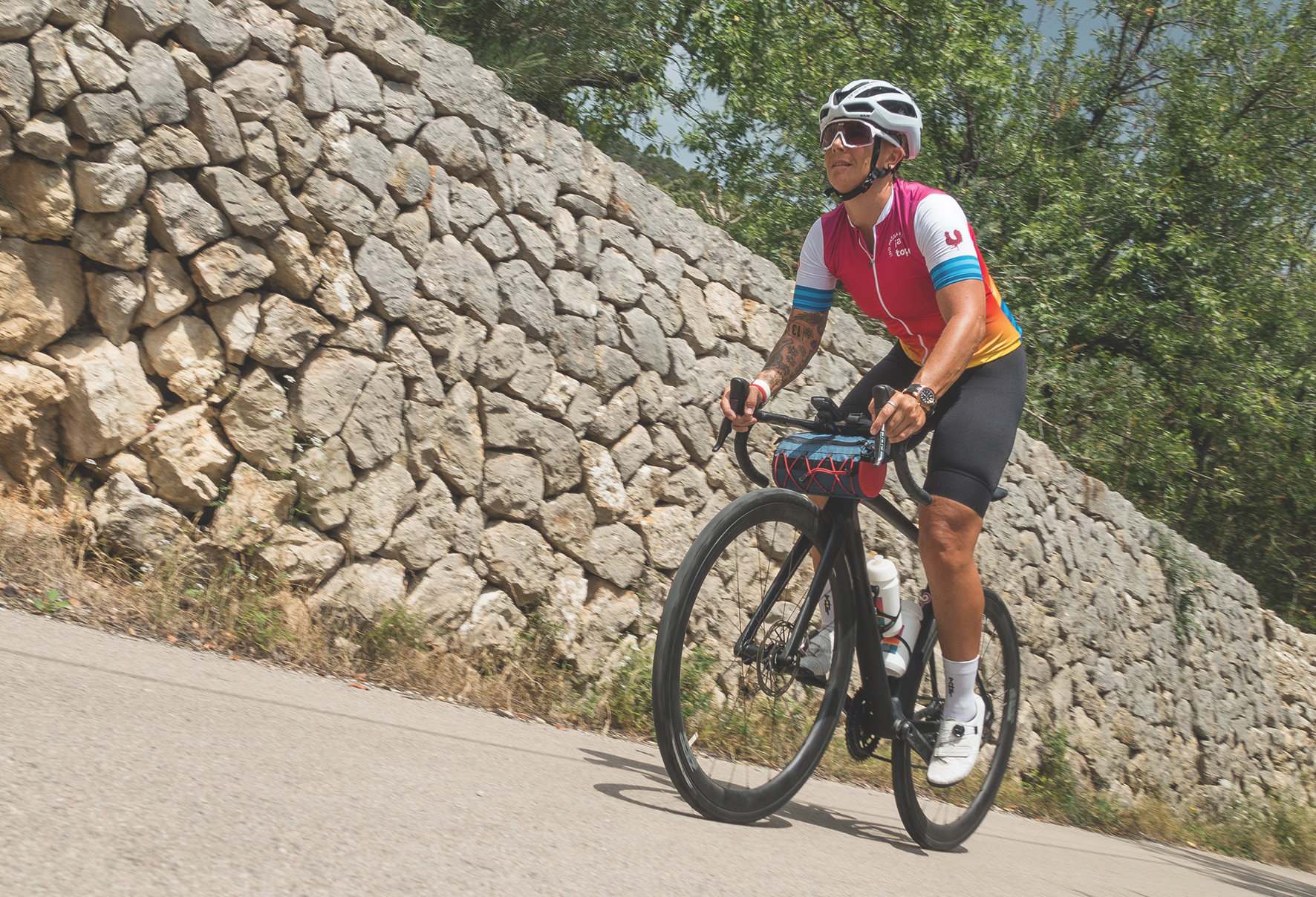 'One transplant, two cancer surgeries – I get knocked down but I get up again': The champion rider with next-level resilience
'One transplant, two cancer surgeries – I get knocked down but I get up again': The champion rider with next-level resilienceFacing repeated risks to her life from kidney failure, Ottilie Quince is determined to keep bouncing back – on and off her bike
-
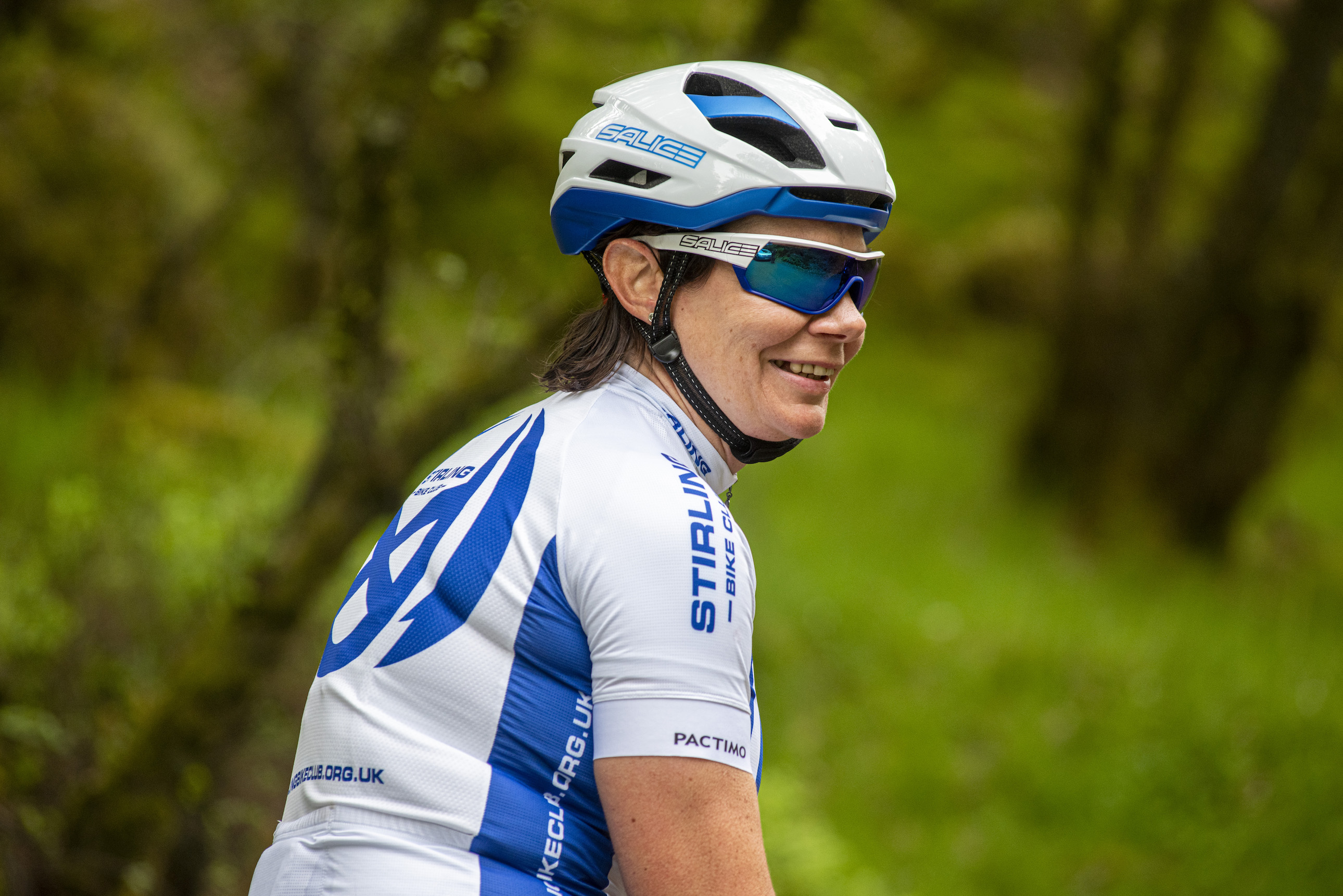 'I thought I'd never be pain-free again – but now I'm cherishing every ride': The comeback from a devastating hit-and-run crash
'I thought I'd never be pain-free again – but now I'm cherishing every ride': The comeback from a devastating hit-and-run crashLong-distance record-setter Christina Mackenzie tells us about her biggest challenge yet – returning to racing after a collision in which she was left for dead
-
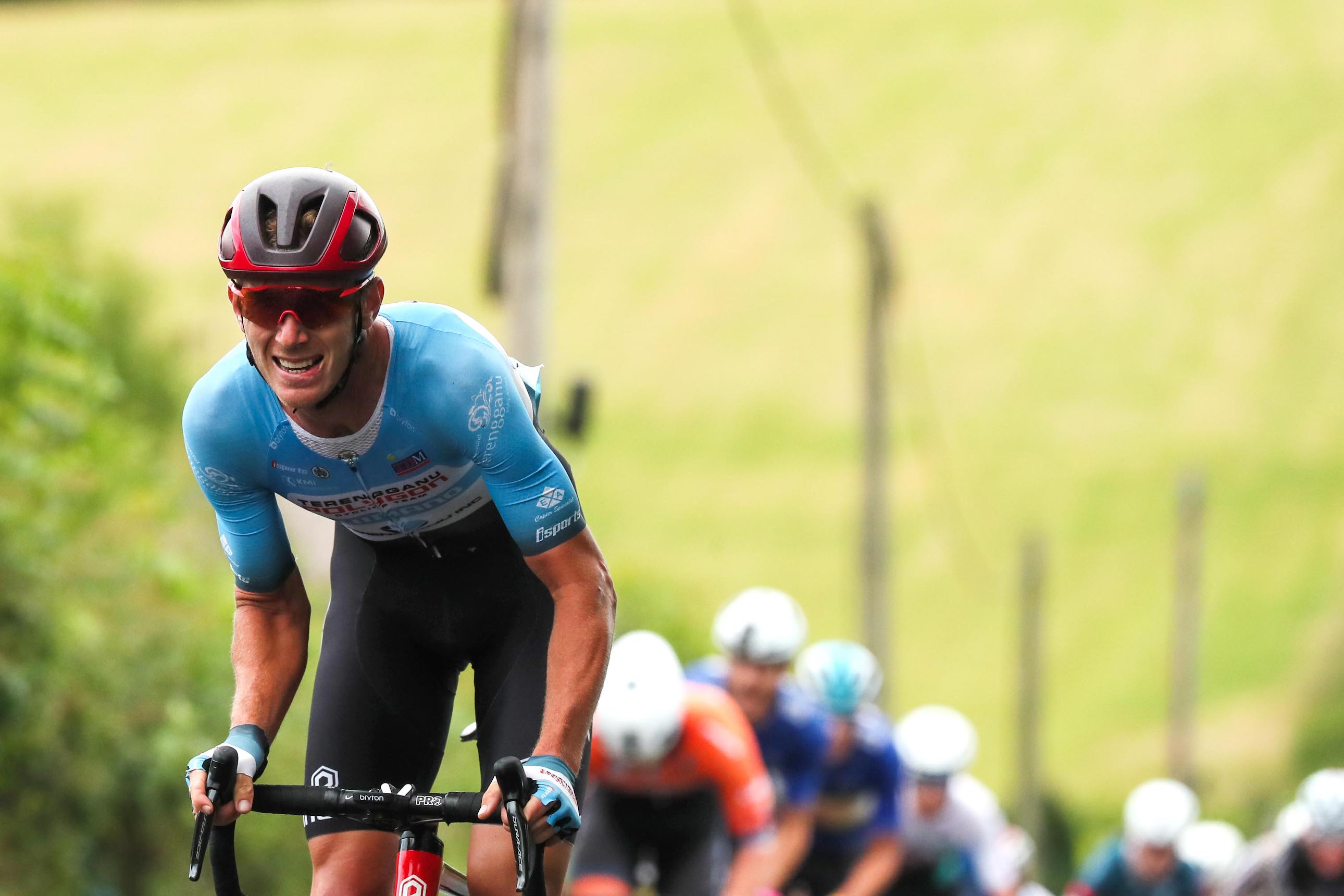 'My skull was cracked from ear to ear, a shard of glass just missed my artery': The journey back to the podium after head-on smash
'My skull was cracked from ear to ear, a shard of glass just missed my artery': The journey back to the podium after head-on smashBouncing back to the pointy end of racing just three months on from a crash almost too horrific to fully describe, Jesse Ewart’s may be the greatest comeback story you have never heard
-
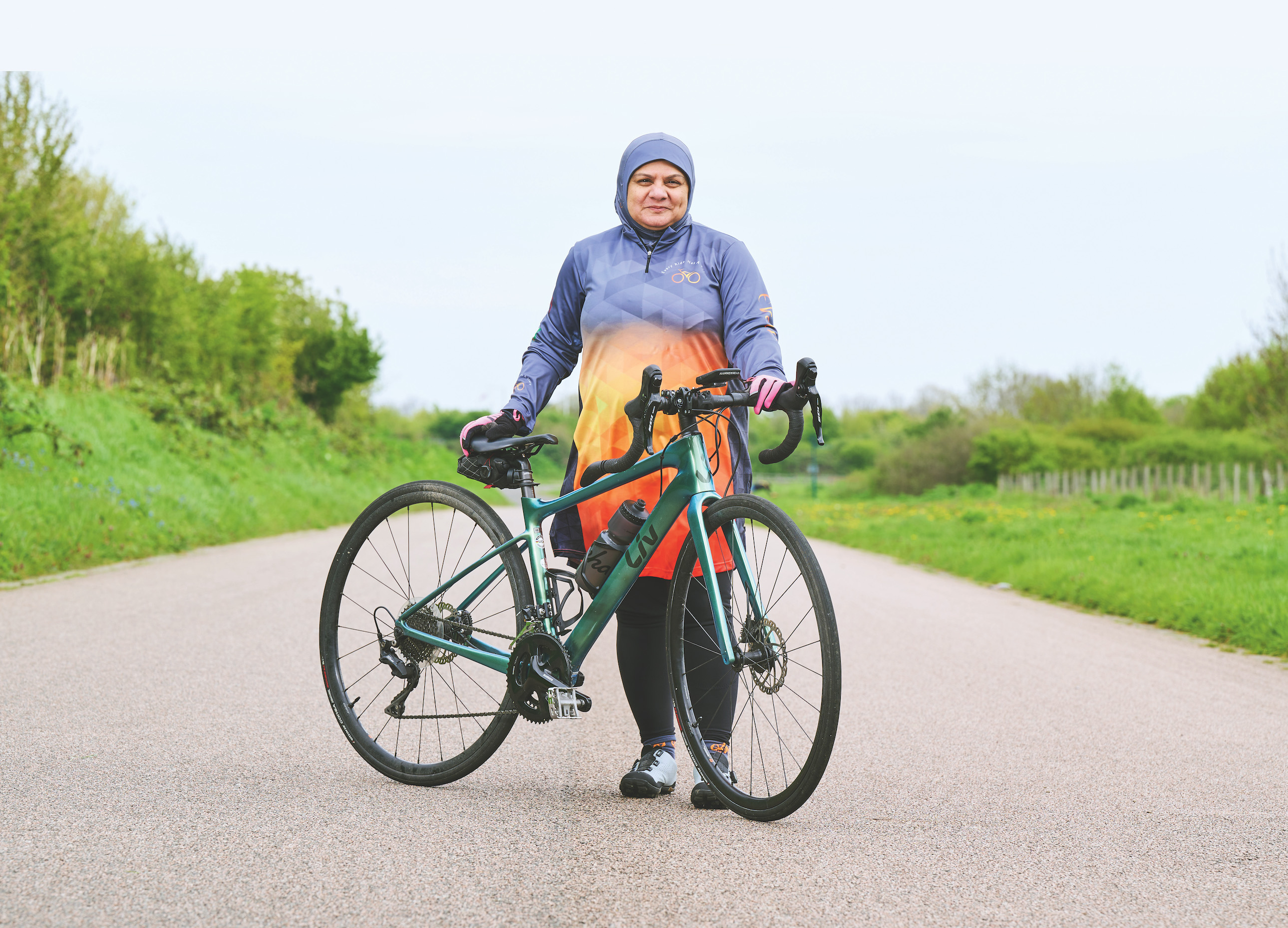 'Whatever happens, I'm starting the club': Iffat Tejani on realising her bucket list dream of opening up cycling to Muslim women
'Whatever happens, I'm starting the club': Iffat Tejani on realising her bucket list dream of opening up cycling to Muslim womenHow a life-and-death diagnosis set free a life-long ambition to break down barriers and rally a community onto bikes
-
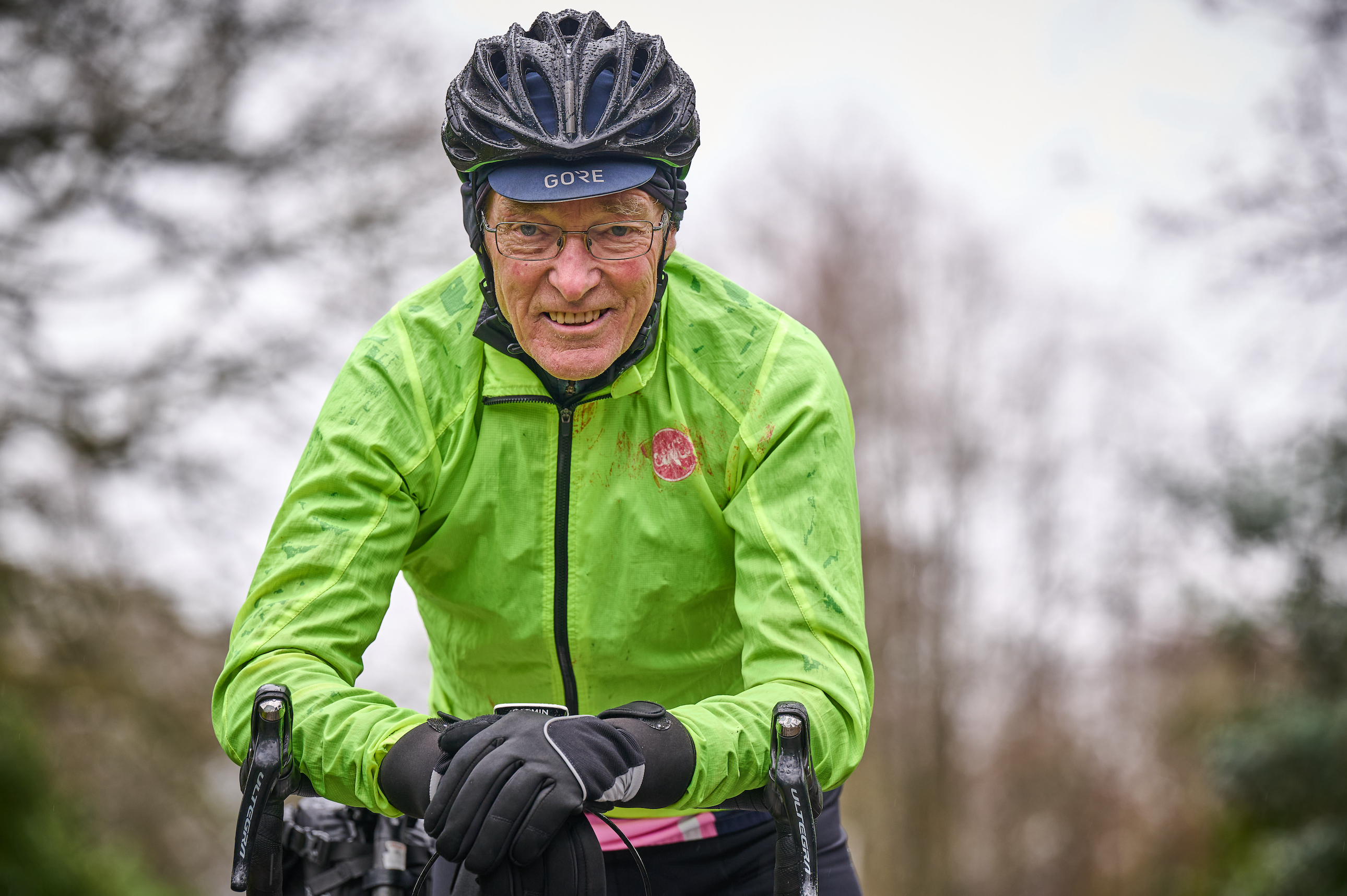 'Cycling's been a life-saver': The record-breaking 87-year-old who still rides 150 miles a week
'Cycling's been a life-saver': The record-breaking 87-year-old who still rides 150 miles a weekDowning his gardening tools, pensioner Martin Harvey got on his bike and set about writing his name into the long-distance record books
-
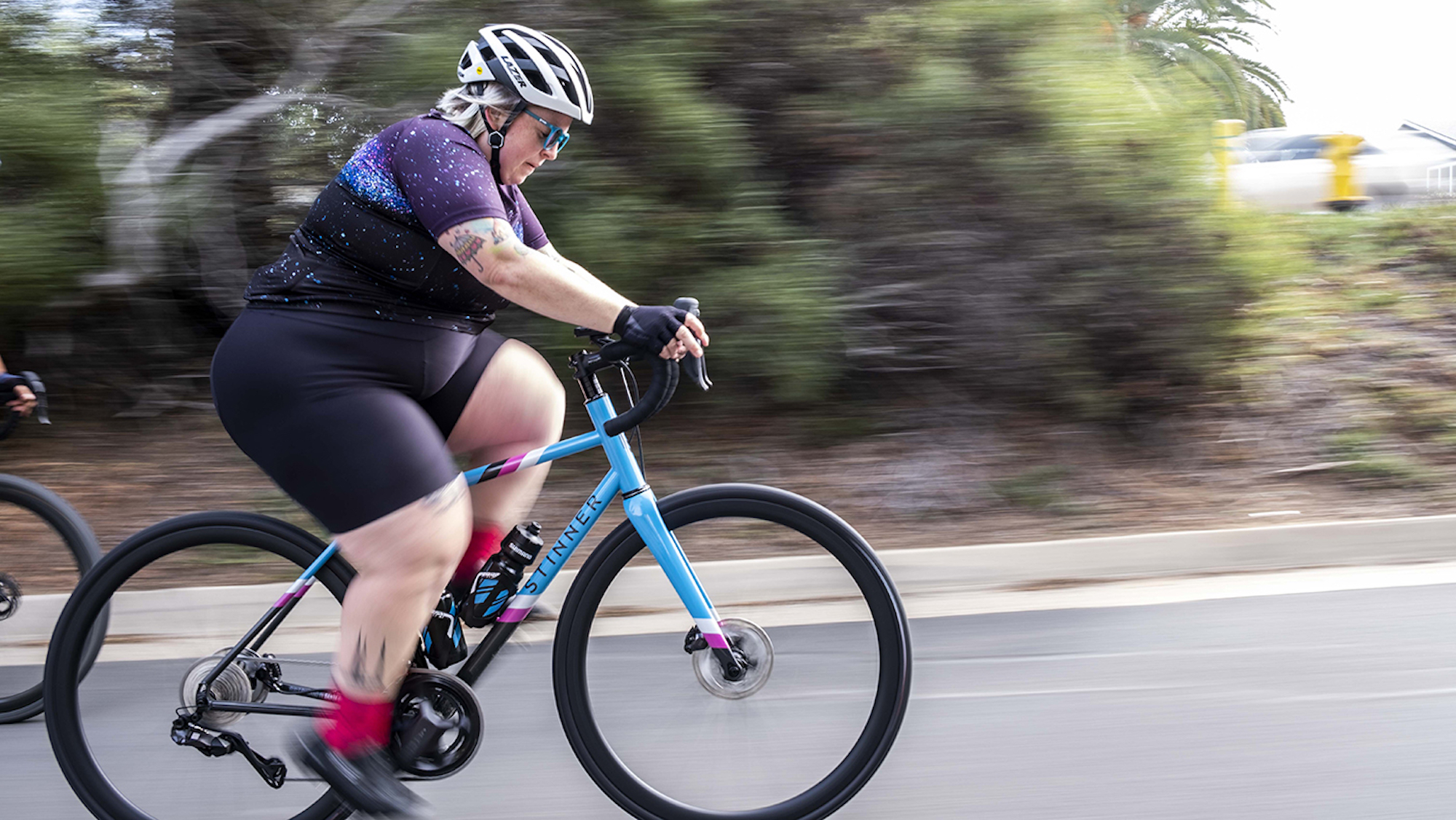 'I'm fat – and I'm OK with that': The size-inclusion campaigner seeking to make cycling safe and accessible for everyone
'I'm fat – and I'm OK with that': The size-inclusion campaigner seeking to make cycling safe and accessible for everyoneAfter struggling to find riding kit in her size, Marley Blonsky made it her life’s mission to make cycling more accessible and welcoming to riders of all shapes and sizes
-
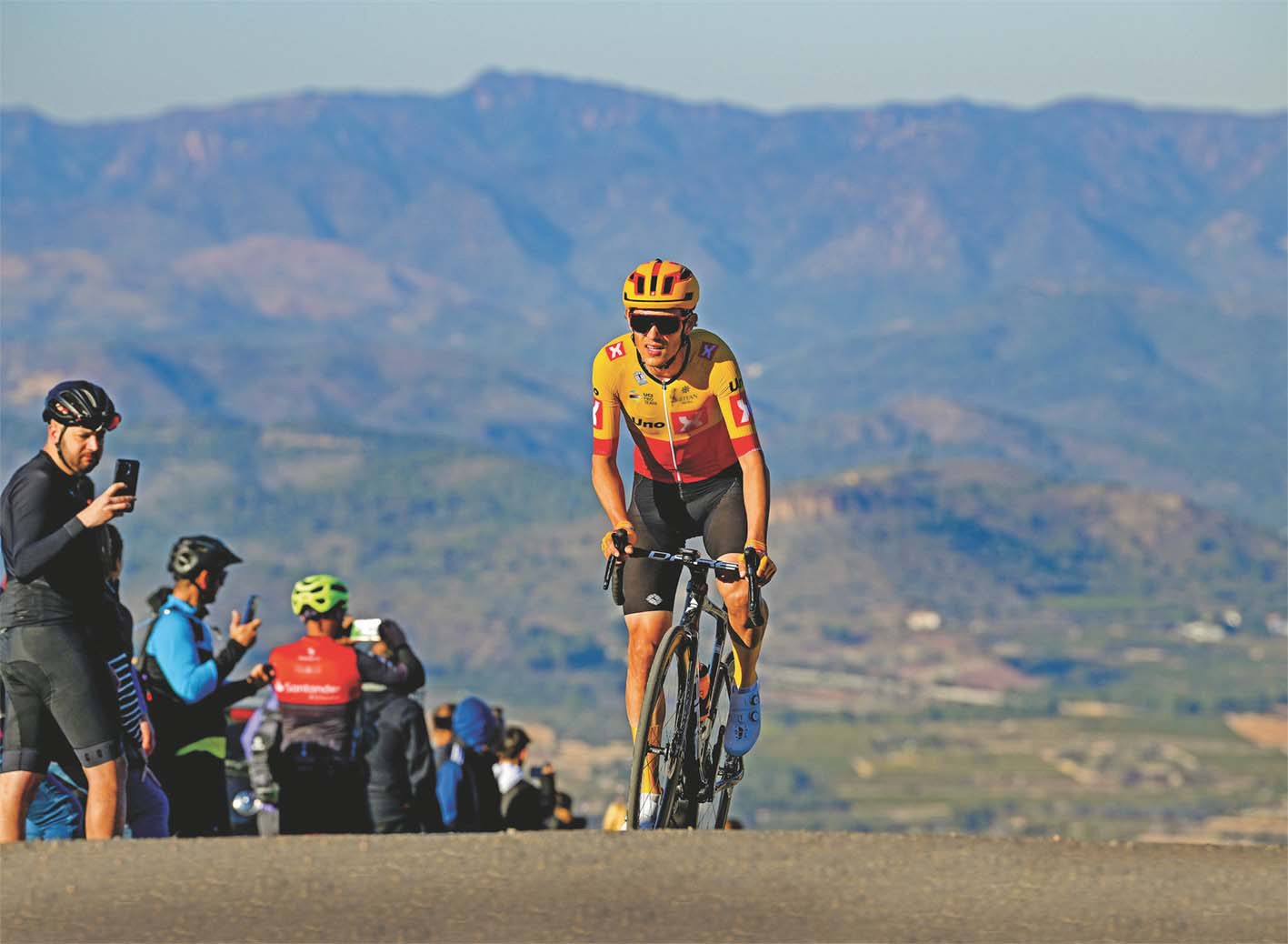 Saved by a doping test: The pro rider treated for cancer after abnormal blood result
Saved by a doping test: The pro rider treated for cancer after abnormal blood resultWhen his team doctor called about an abnormal test result, Torstein Træen could not believe what was happening – but it would turn out to be a potentially life-saving red flag